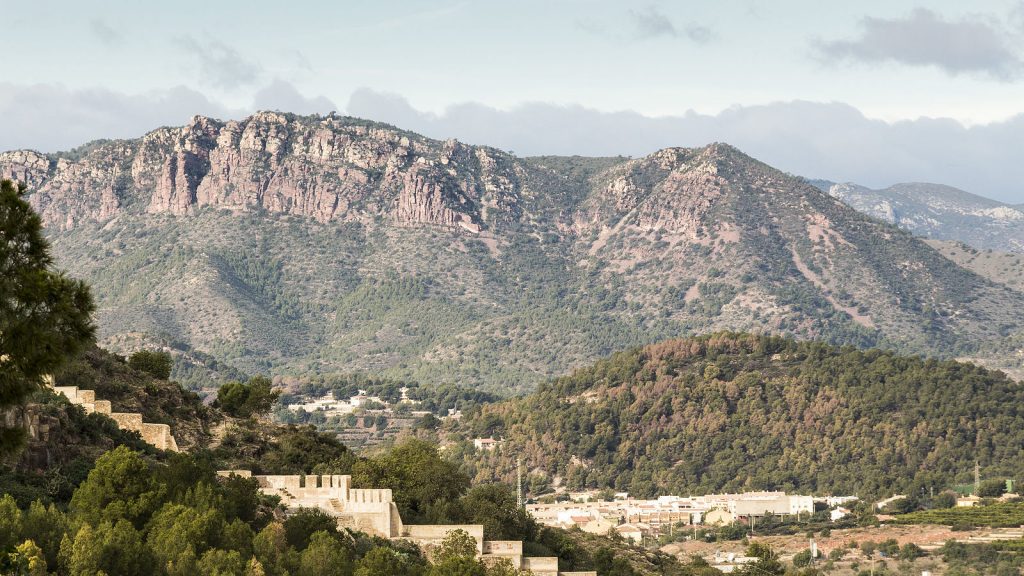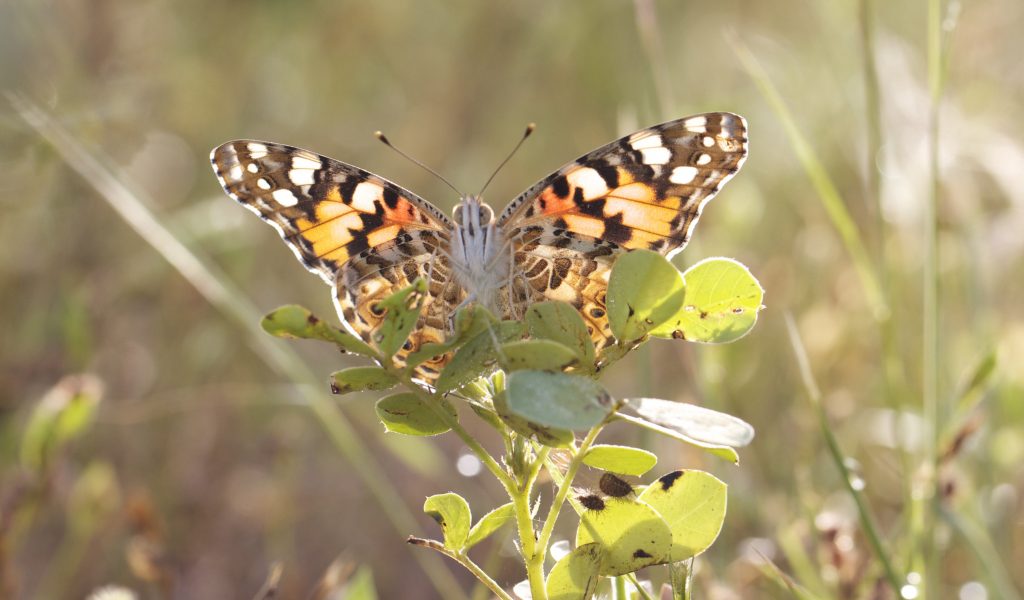Dark diversity reveals the hidden impact of human activities on nature on a global scale
Several CSIC centres participate in the international study published in ‘Nature’ that reveals the involvement of anthropogenic activity in the absence of plant species, known as ‘dark diversity’. The study shows that in regions heavily affected by human activity, ecosystems contain only one in five potential species.

When something is missing in a natural environment, it is difficult to determine exactly how much is missing. The vegetation we observe often lacks many species that could be present, especially in regions heavily affected by human activity. But how can this loss of biodiversity be measured?
The concept of dark diversity refers to the identification of potential species that could live in a specific area but are absent. It represents a new way of measuring the impact of human activity, with the most complete study to date recently published in the prestigious journal Nature. This research involved over 200 scientists, including researcher Pep Serra from the Botanical Institute of Barcelona.
The study analyzes vegetation records from 5,500 sites across 119 regions worldwide, revealing an impact of human activities on natural vegetation that had not been detected with traditional methods. The results show that in regions with little human impact, ecosystems retain more than a third of their potentially suitable plant species, while other species remain absent due to natural factors, such as competition between them or limited dispersal.
Conversely, in regions heavily affected by human activity, ecosystems contain only one in five potential species. This true extent of human impact had remained hidden until now, as traditional biodiversity measurements, such as simply counting the number of recorded species, fail to detect it due to the natural variation of biodiversity across regions and ecosystems.
The data obtained results from a global effort coordinated by the University of Tartu through the DarkDivNet network. This is an international collaborative network that began in 2018, initiated by Meelis Pärtel, a professor of Botany at the University of Tartu (Estonia), who coordinates the network and is the lead author of the study published in Nature.
Among the participating institutions, the Spanish National Research Council (CSIC), affiliated with the Ministry of Science, Innovation, and Universities (MICIU), is represented through several of its institutes: the Desertification Research Center (CIDE, CSIC-UV-GVA), the Experimental Station of Arid Zones (EEZA-CSIC), the Experimental Station of Zaidín (EEZ-CSIC), and the Botanical Institute of Barcelona (IBB-CSIC). “We had introduced the theory of dark diversity and developed methods to study it; however, we needed consistent sampling across many regions, something that seemed an impossible mission.” Fortunately, Pärtel adds, “many collaborators from different continents joined us.”
More than 5,000 sites in over a hundred regions
With the participation of over 200 researchers, the study analyzed plants in more than 5,000 sites across more than a hundred regions worldwide. In each location, local researchers recorded all plant species and identified dark diversity, meaning the native species that could live there but were absent. This allowed them to determine the potential plant diversity in each area and measure how much of that potential diversity was actually present. This method of measuring biodiversity, which examines human disturbance in each region through the Human Footprint Index, revealed the hidden impact of anthropogenic activities on natural vegetation.
The Human Footprint Index includes factors such as population density, land-use changes (urban development and agriculture), and infrastructure like roads and railways. It has been discovered that human influence not only affects the plant diversity of a site but also extends to surrounding areas, up to hundreds of kilometers away.
“These results are alarming because they show that human disturbances have a much broader impact than previously thought, even reaching nature reserves. Pollution, logging, waste, trampling, and human-induced fires can exclude plants from their habitats and prevent their recolonization,” says Pärtel. “We also found that the negative influence of human activity was less pronounced when at least one-third of the surrounding region remained pristine, supporting the global goal of protecting 30% of the Earth,” he adds.
From the Botanical Institute of Barcelona (IBB, CSIC-CMCNB), researcher Pep Serra contributed by sampling data in the Forêts National Park, established in 2019 in northeastern France. “We analyzed more than 20 plots in this newly created national park, comparing areas with a history of forestry to surrounding areas, and we clearly observed the persistence of anthropogenic effects. The interesting aspect of this study is that it allows us to truly see the human impact across different biomes, not only to understand the causes but also to explore potential solutions. Therefore, the idea is to continue contributing by sharing data and uncovering more about the three-dimensional effects of human activity on biodiversity.”
In the Valencian Community, data was collected thanks to the contribution of the Desertification Research Center (CIDE). “Our results, based on samples collected from about 40 sampling points in the Valencian Community, exemplify the effects described in the article. This is a region with a significant Human Footprint, despite the sampling points being located within the Sierra Calderona Natural Park, between the provinces of Castellón and Valencia,” explains Francesco de Bello, a CSIC researcher at CIDE.
In Andalusia, data was gathered by teams from CSIC and the University of Jaén (UJA). Among the participating researchers are Rubén Tarifa (EEZA), Ana B. Robles (EEZ), and Ana González-Robles (UJA), who explain that in the Almería region, “we sampled jujube groves, palm groves, and esparto grasslands in the Cabo de Gata Natural Park, both in preserved areas and those more degraded by agricultural and livestock use, highlighting the high and sometimes fragile biodiversity that inhabits the park. We identified some species that contribute to dark diversity, such as Ziziphus lotus, Teucrium charidemi, or Dianthus charidemi, botanical jewels of the park whose conservation must not be neglected.”
Reference article:Pärtel, M., R. Tamme, C. P. Carmona, K. Riibak, M. Moora, and M. Zobel (2025). Global impoverishment of natural vegetation revealed by dark diversity. Nature. DOI:
















